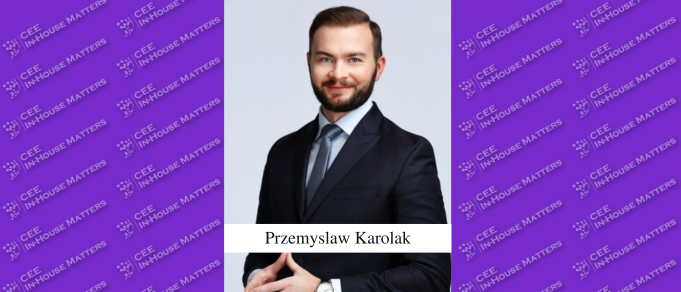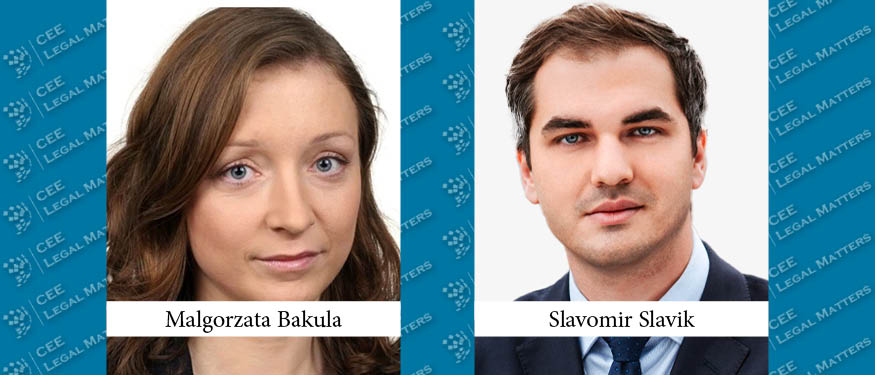A new piece of the complex puzzle of public private partnerships in Romania came recently into the form of a new law, namely Law no. 7/2024 for the approval of Government Emergency Ordinance no.39/2018 on PPP (“Law 7/2024”), which brings significant amendments to the PPP regime. Also, in order to further support the recourse to the PPP tool, the Public Investment Management Unit within the Ministry of Finance commissioned a technical assistance project with DG Reform following which a comprehensive package of guides were published on 9 February 2024 on the website of the Ministry of Finance, with the aim to facilitate the understanding by the public sector of this tool, in order to increase its use in practice.
While the legislative history regarding PPP in Romania seems to be longer than any of the roads and bridges built in Romania, in the past twenty years, the newly enacted law is also aimed at improving the existing legal framework and aligning it to the international best practices on matters of PPP, hoping to turn this tool into an effective mechanism for the implementation of a series of important investment objectives that Romania would like to achieve.
In brief, the core amendments brought by Law 7/2004 mainly refer to:
a)The enhanced legal significance of the substantiation study. The substantiation study is a key element in the carrying out of a PPP agreement award procedure, any such procedure needing to be preceded by the prior approval of a substantiation study drafted by the public partner. Furthermore, such study would have to prove that more than half of the revenues to be earned by the future project company from using the assets or operating the public service result from payments made by the public partner or by other public entities to the benefit of the public partner. The law clarifies that the study shall be approved by the Government, respectively, by county councils and local councils, depending on the types of projects concerned, together with the approval of the technical-economic indicators of the investment according to Government Decision 907/2016. For drafting the substantiation study, the public partner may hire consultants depending on the project’s features, for providing technical, financial and legal assistance.
b)The possibility of the project company to also use issuance of corporate bonds for the project implementation, as an additional financing means, which can prove to be an important money resource along with the other legal financial instruments.
c)The public partner’s right to contribute to the financing of investments with public funds resulting from non-reimbursable foreign funds and their corresponding national contribution, according to the EU law and Romanian law, without any limit (previously it had been established at 25% threshold).
d)The public partner’s right to establish, without going through a distinct awarding procedure, to the benefit of the project company, with respect to the assets needed for the achievement of the project (and in relation to which the public partner enjoys the right to dispose of) specific concession rights over public property assets, or rights resulting from the rental of public property assets, exploitation of such public property assets being without payment of royalties or rental payments, by derogation from the provisions of the Administrative Code.
Whether the latest legislative changes would effectively contribute to actual projects being implemented via such mechanisms remains to be seen. However, there seems that Law 7/2024 created the need for an additional future legislative amendment in the PPP legislative history, since the law includes also a series of non-correlations and amendments that are difficult to be fully understood, thus creating potentially further confusion with respect to certain matters. For instance, in connection with contractual PPPs, while the provision defining the contractual PPP provides that only the public partner and the private partner are parties to the PPP agreement, the role of the project company (entirely held by the private partner) being just to implement the agreement, the provision referring to the PPP agreement awarded to the private partner adds the project company to the other two contracting parties, thus regulating the PPP agreement as a three party contract. The latter provision is also backed by the relevant guides issued by the Ministry of Finance. Also, other unclear amendments refer to certain rights which were formerly provided under GEO 39/2018 to be created in favor of the project company and which are now regulated as being created in favor of the private partner. All such non correlations and inadvertencies are likely to generate certain issues in the implementation of projects via this tool.
The Romanian PPP legislative puzzle is likely to continue.
By Simona Petrisor, Partner, and Horatiu Dumitru, Managing Counsel, Bondoc si Asociatii
















